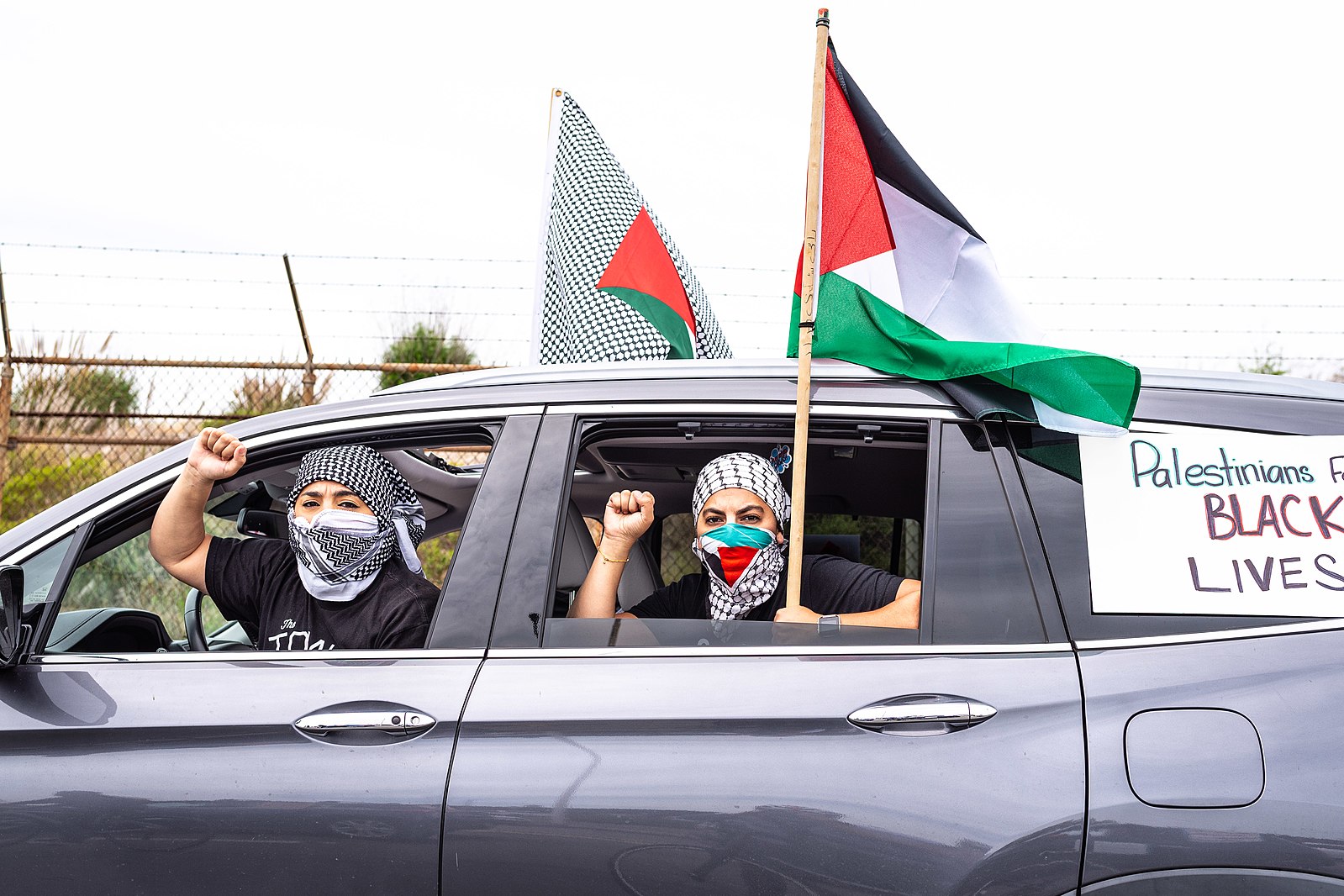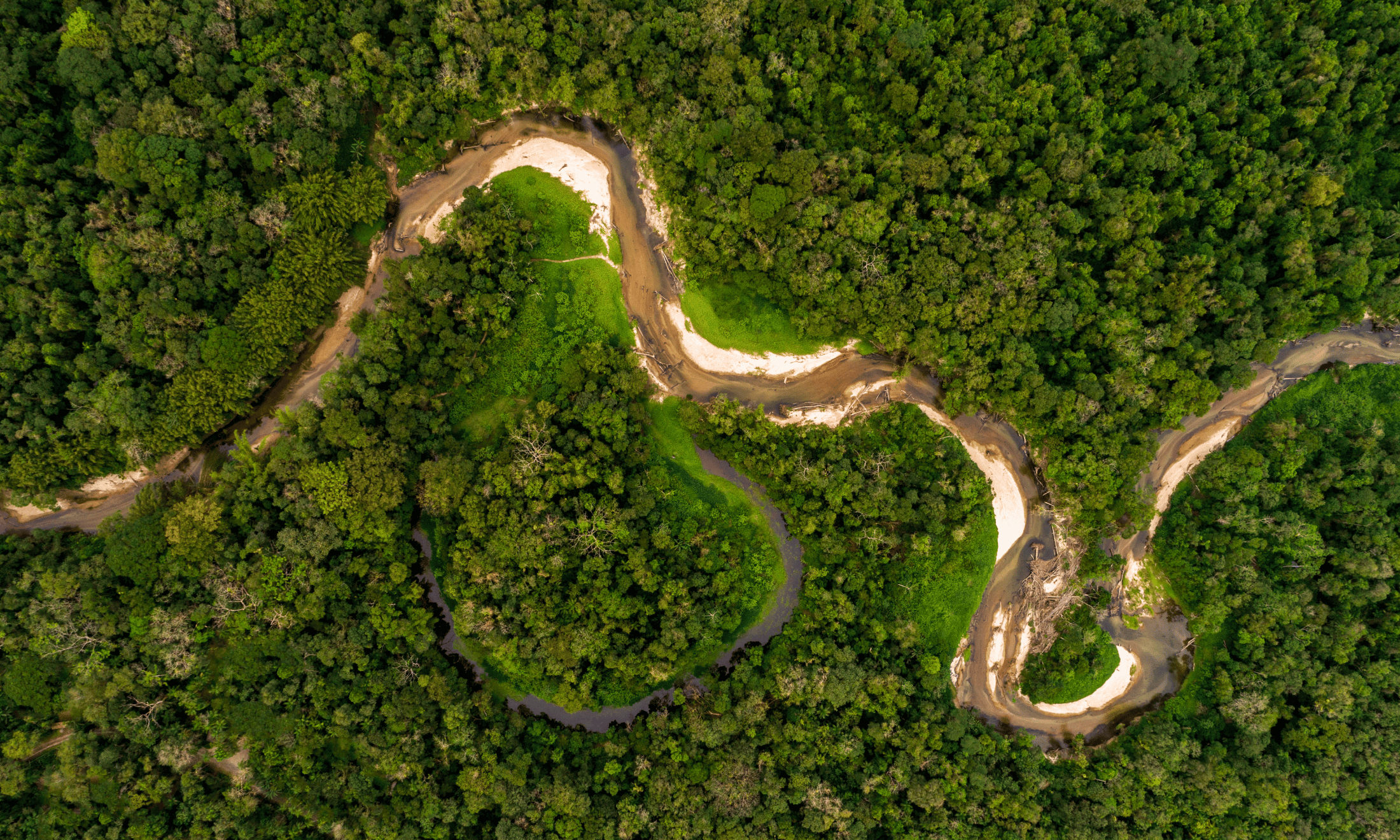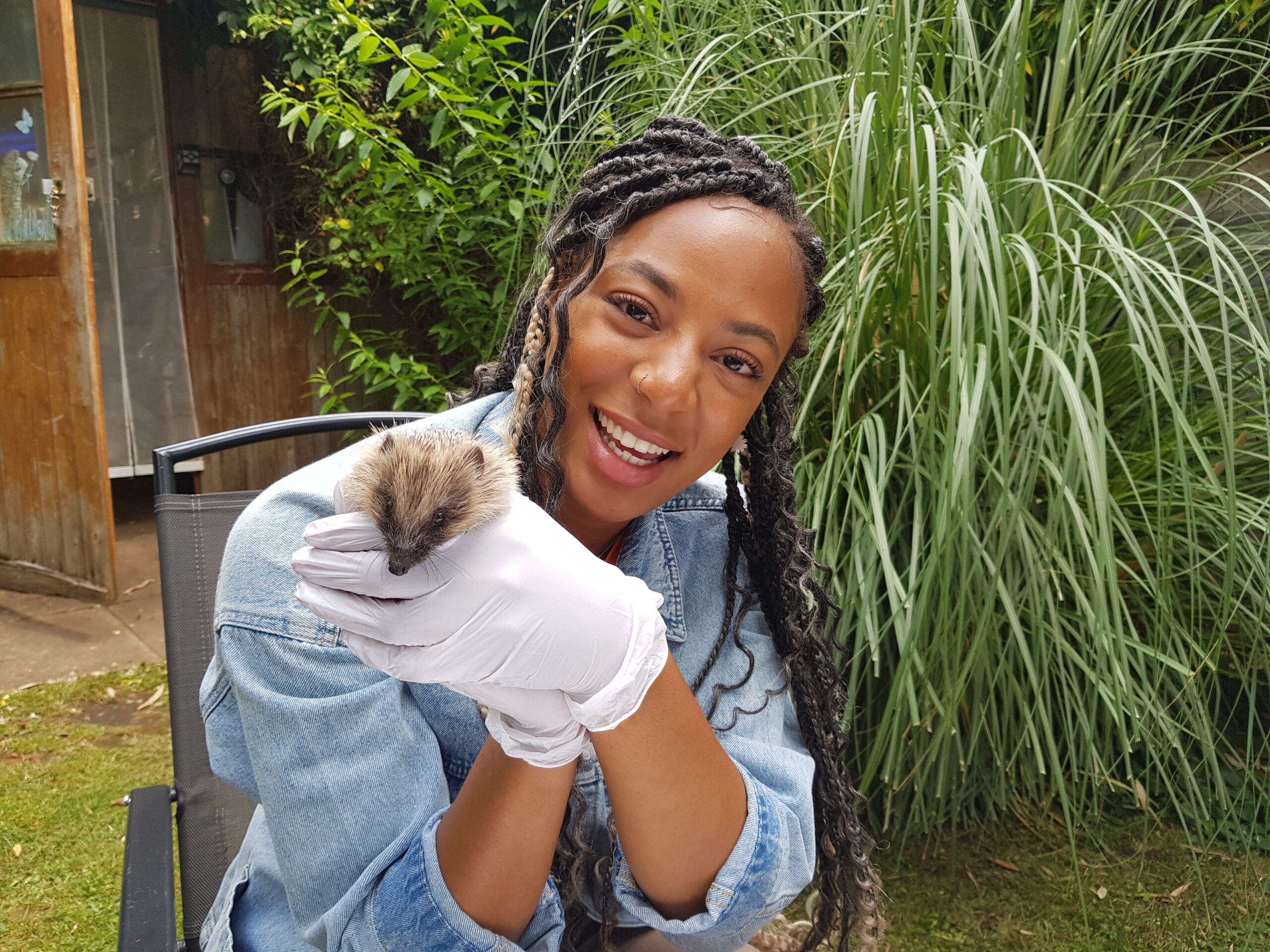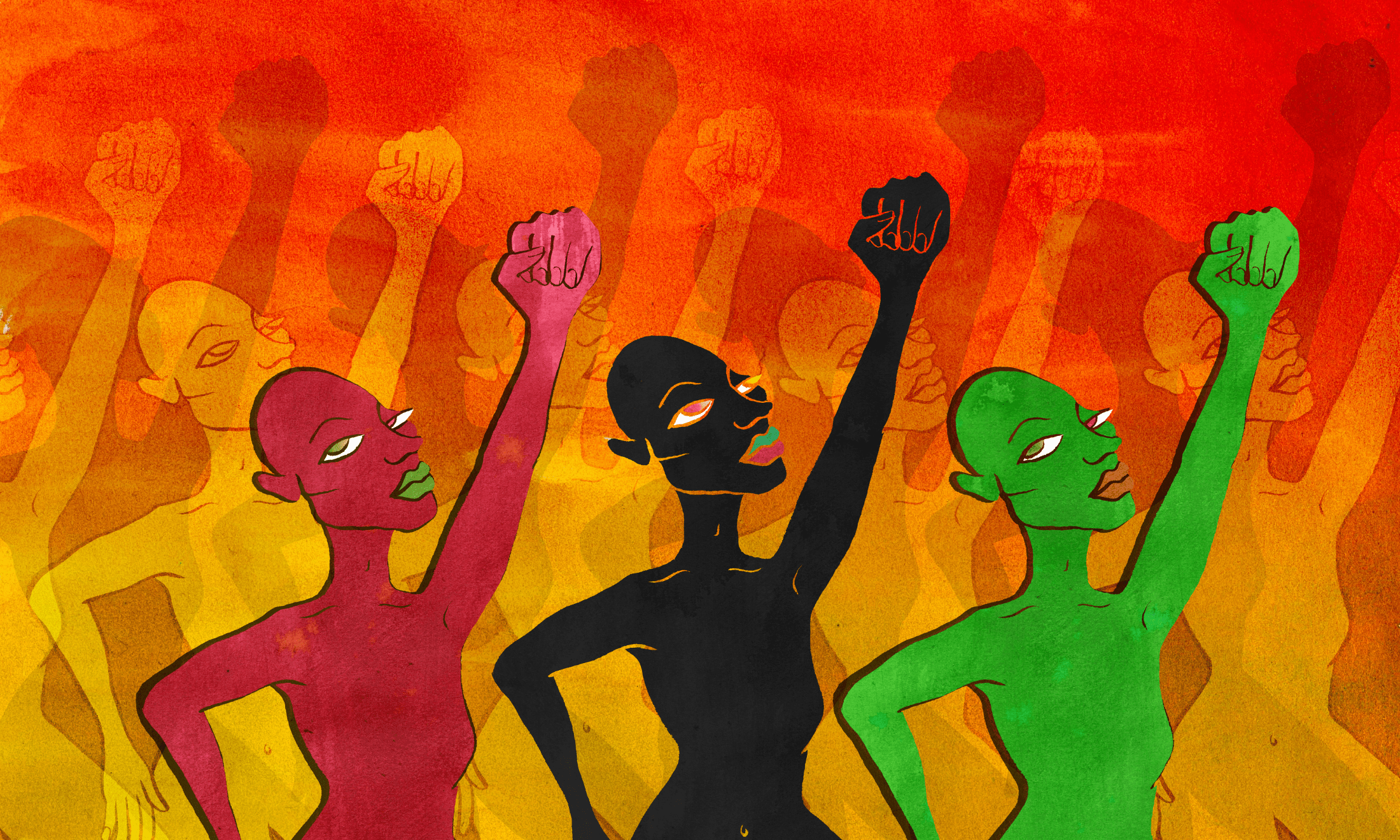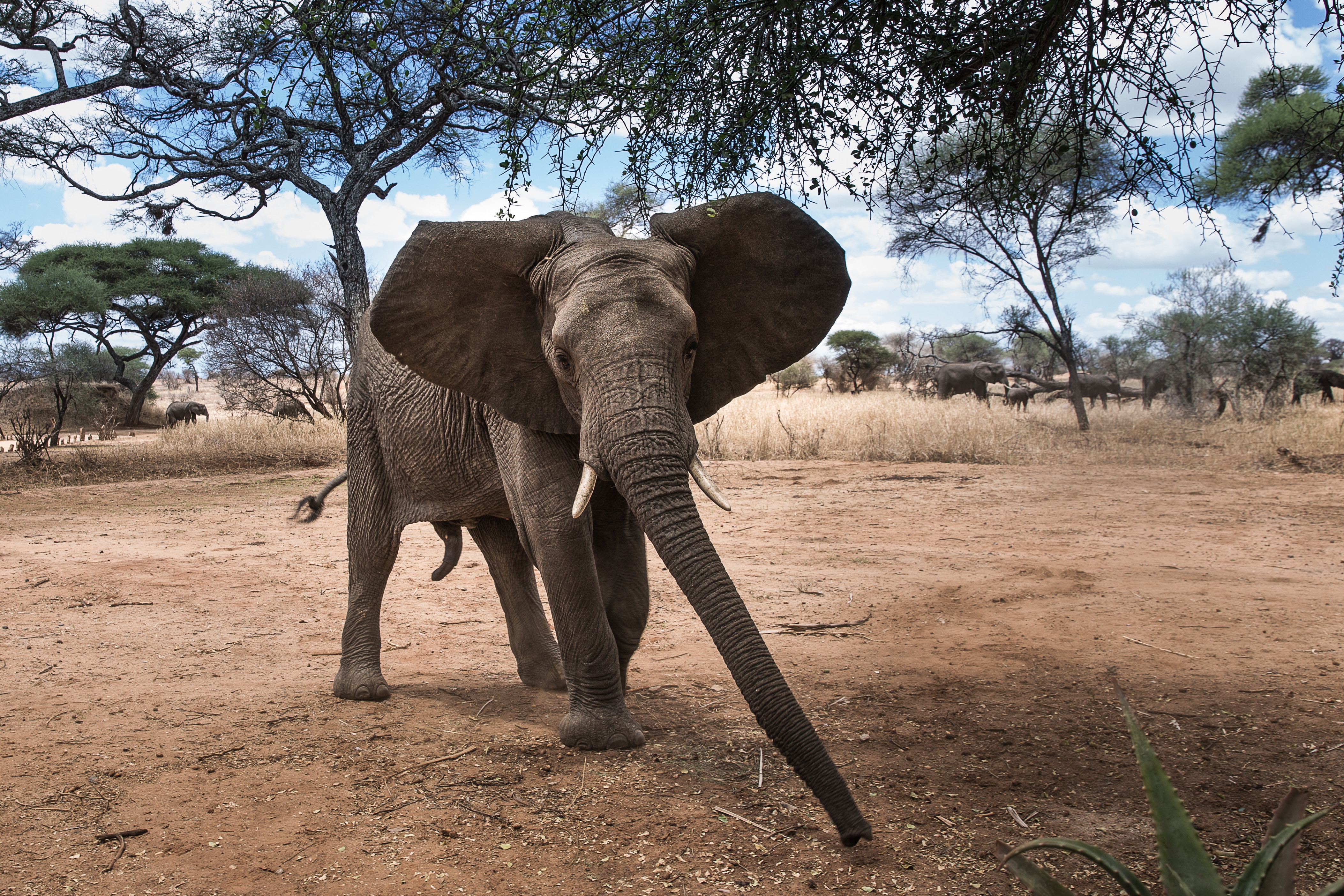
Image by Avel Chuklanov
Ahead of the International Wildlife Trade Conference that was held in London earlier this month, Kensington Palace released a short video about the Duke of Cambridge’s visit to Tanzania, in which he is seen engaging with various actors in the conservation movement. The video is shot with an emotive backing track, sweeping panoramas of the savannah and, of course, that ubiquitous image of African children dancing, just for good measure.
The Duke of Cambridge recently visited projects supported by @United4Wildlife and @Tusk_org that work to protect wildlife and stop the illegal wildlife trade in its tracks.
At the IWT Conference they released a video of his visit, highlighting their efforts to #EndWildlifeCrime. pic.twitter.com/Rr553lZdIP
— Kensington Palace (@KensingtonRoyal) October 11, 2018
In the video, we hear from a handful of experts in the field – Charles Mayhew, the CEO of Tusk, Dr Naomi Doak, the Head of Conservation Programmes at The Royal Foundation and Dr Antony Lynam, Regional Training Director at SMART for the Wildlife Conservation Society. We then hear from Patricia Kayaga, a student at the College of African Wildlife Management, and the only black interviewee in the video.
Throughout the video, black faces are seen but rarely heard. We watch them being spoken to, nodding enthusiastically at the Duke, but only once do we hear any of these nameless faces speak. We do not know their responses, opinions or perspectives – perhaps we don’t need to, the experts have said it all. It’s an apt depiction of the historical and continuing state of the wildlife conservation movement across Africa: a story of white punditry and Royal pleasantries, to “educate” the African peasantry.
“Videos like this reveal that the discourse around conservation remains firmly hierarchical and that the voices at the top are plainly white”
The image propagated is that, in general, Africans are at worst unwilling and at best incapable of protecting our own wildlife, that we must be taught that elephants and rhinos are precious, that we must be enlightened to the ways of conservation – civilised, if you will. These initiatives are often spoken of in the language of “coalition” and “support”, but ultimately what videos like this reveal is that the discourse around conservation remains firmly hierarchical and that the voices at the top are plainly white. Those at the bottom, the local communities, are often forced to cooperate silently, under the constant threat of violence.
It is true that a majority of poachers of African wildlife are African. It is also true that the UK is the world’s number one exporter of ivory, and that the ivory trade was only banned in the UK this year – a full 40 years after Kenya, I might add. Perhaps we should get some African teachers to visit British schools and urge them to teach their parents that ivory is a bad thing? Or perhaps we should rightly acknowledge that they know this already and that poaching is not a problem of ignorance that can be solved through condescending moralising, but is a complicated criminal enterprise with deep socioeconomic roots. Poachers are serious criminals, and must be treated as such, but they do not exist in a vacuum. They are part of a long chain of events including forced resettlement, land appropriation and continuous economic and political disenfranchisement since colonisation. The issue is compounded by misguided and unsustainable attempts at conservation from foreign appointees who too often know little and care less about the ecologies and politics of the local communities they police.
“Iconic conservationists; expendable rangers; extraneous populations. These are the rules of the game.”
Much important work is being done in the field, and we have made some progress, but without the dismantling of colonial hierarchies and without interrogation of the “white saviour” complex so endemic to conservation, it will remain an alienating and unsustainable movement. This video is important because it highlights how wider dynamics are illustrated by the stories we tell about conservation. If we look at recent news stories, particularly those tragic incidents when people are killed or injured on the job, hierarchies of esteem are again apparent; white conservationists, including Kuki Galmann and the late Wayne Lotter are branded “crusaders”, their bravery is rightly celebrated and their contributions acknowledged. But what about those who we don’t call conservationists, but instead call rangers, such as the six unnamed African men who were killed in Virunga? Do we know their names? Do we care about their martyrdom? Iconic conservationists; expendable rangers; extraneous populations. These are the rules of the game.
The worst way to conserve is by alienating local populations with this imperious logic. The disrespect of the capacity locals have to care for endemic wildlife, without consideration of their experience is not only a nasty abuse of power reminiscent of colonial appropriation, but a surefire way of creating a poacher. Instead, we need to listen to and amplify the voices of local populations. Important work on this is being done, such as through Survival International, an organisation that tells stories of indigenous conservation movements and works to put a stop to the colonial conservation model. Local conservationists are out there, and they are fighting hard, yet they continue to be cast down to the B-side of the musical escapades of the movement – they need our support.
Wildlife poaching is a global scourge which requires global cooperation. However, until the global conservation community wakes up and realises that maybe the local populations have something to say that is unique and valuable, something that the experts, with all their doctorates, may want to consider; until black, local Africans stop being nameless faces, good only for photo-ops and groundwork, and start being given the regard they deserve, “coalition” will remain just a word, and conservation will suffer for it.


